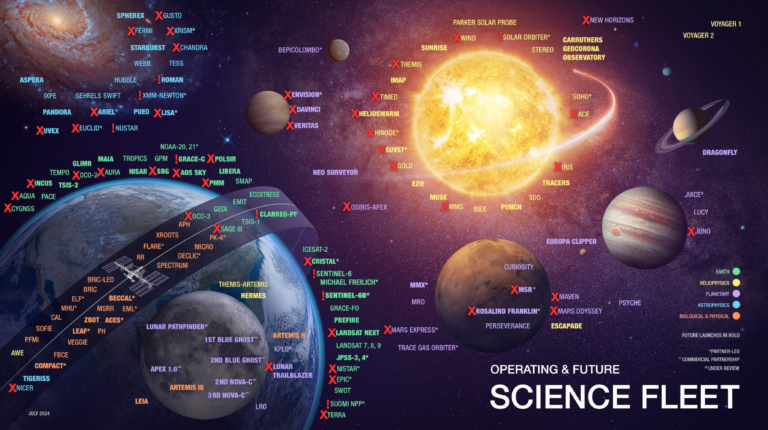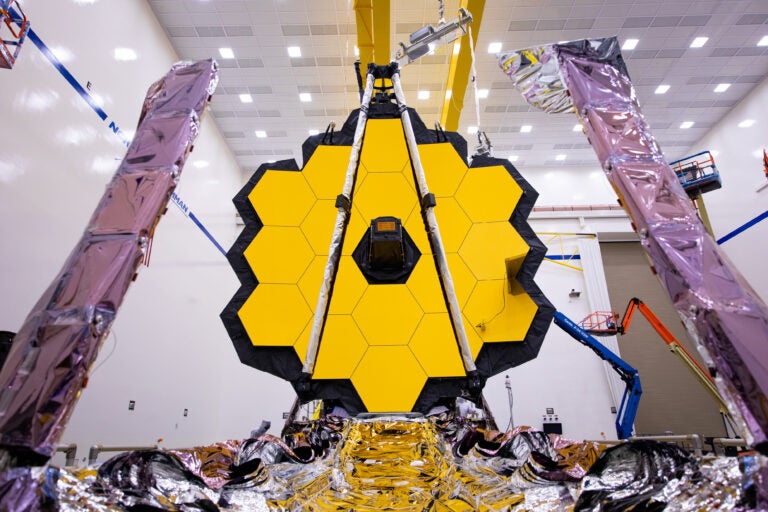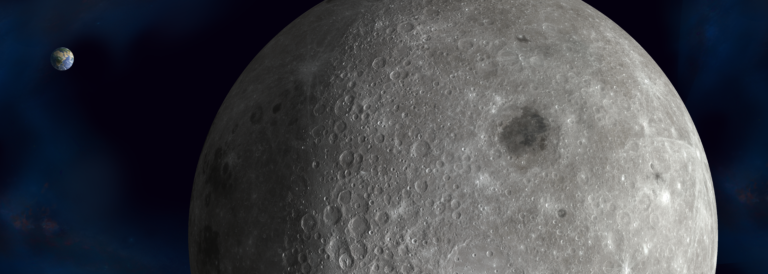As we start 2017, the biggest astronomical event to look forward to (at least in the United States) is the August 21 total solar eclipse that will traverse the country. But for now, I’d like to stay in the moment and draw your attention to 10 must-see cosmic sights you can enjoy this month. The deep-space selections (items four through 10) are all plotted on the StarDome map at the center of the magazine.
Earth
Yes, Earth is a cosmic sight — every bit as much a planet as Mars or Jupiter. It’s an important point of departure for novices trying out their first telescope or veterans test-driving a newly purchased instrument. There’s no better way to get the feel of a telescope than to use it to explore our planet’s fascinating landscapes and wildlife.
The Moon
Arguably the most spectacular celestial sight for the telescopist is Earth’s lone natural satellite. The Moon remains visible throughout January except for a few days around its New phase on the 27th. Luna is conveniently positioned in the early evening sky from January 1, when it’s a thin crescent low in the southwest, through Full Moon on the 11th, when it rises in the east at sunset. During this period, sunlight exposes more and more of the rugged surface, revealing an ever-changing, jaw-dropping panorama of craters, mountains, and plains. Don’t bother trying to identify features — just gaze and enjoy!
Astronomy magazine subscribers can read the full column for free. Just make sure you’re registered with the website.









